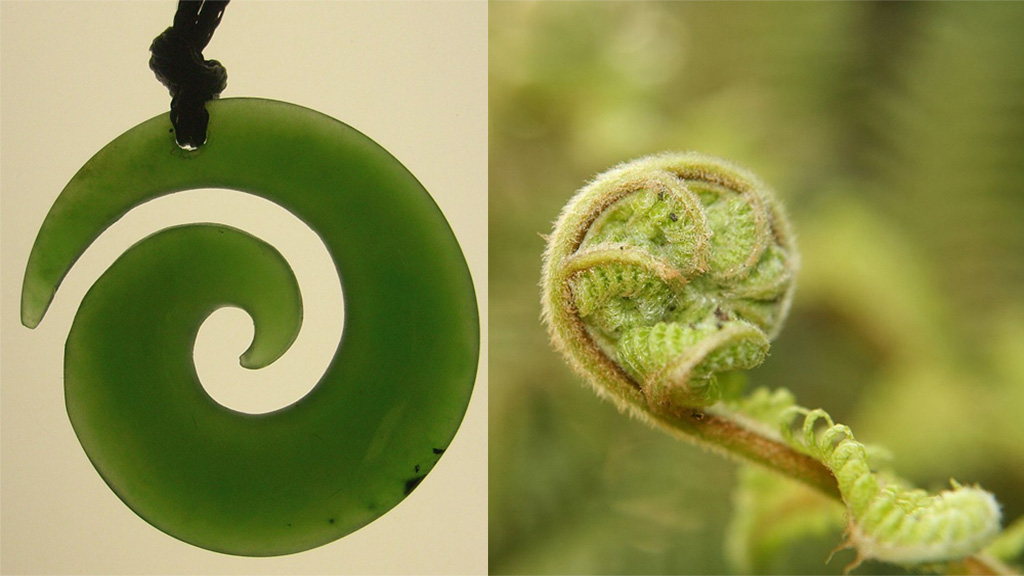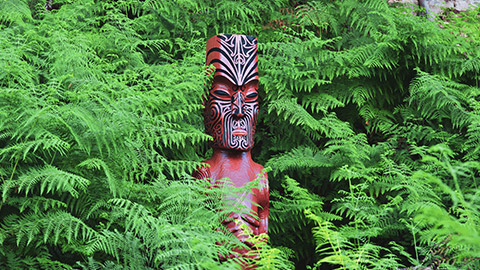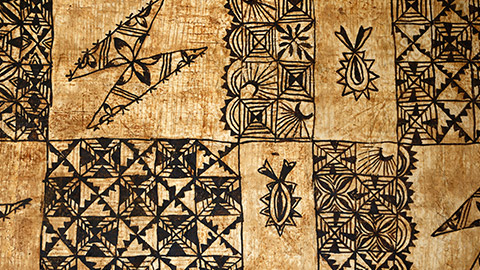Pedagogy is the approach an educator takes to teaching. It involves both theory and practice and includes:
- teaching styles
- learning theories
- understanding student/child’s needs
- feedback
- assessment.
| What is pedagogy? | What is curriculum? |
|---|---|
| How learning happens | Content of the learning |
| Curriculum and pedagogy are shaped by the views of children, the role of educators, and families and the interconnected relationships between them. | |
Pedagogy is how we approach curriculum and requires you to address these questions:
- What should children be learning?
- How do we decide the content of the learning?
- How will they learn?
The focus should not be on “teaching a body of knowledge or a predetermined set of topics”.
Educators must engage with, observe, and listen to children.
Teachers are encouraged to discuss their approach with other teachers, families, and the children - their co-learners, constructing knowledge together. As students progress, the teaching approach can become progressively more complex.

The koru, a Māori design draws inspiration from the new fern frond unfurling. It represents family and belonging, learning new things, inviting adventure.
Curriculum and pedagogy are the means by which kaiako in an ECE setting influence, support, and provide guidance for children’s learning and development. Pedagogies described or implied in Te Whāriki are consistent with the four curriculum principles. These principles are a synthesis of traditional Māori thinking and sociocultural theorising:
Empowerment | Whakamana: curriculum and pedagogy empower the child to learn and grow by giving them agency, enhancing their mana, and supporting them to enhance the mana of others.
Holistic development | Kotahitanga: curriculum and pedagogy focus on the ‘whole learner’, reflecting the holistic way in which children learn and grow, with the cognitive and emotional (Hinengaro), physical (Tinana), spiritual (Wairua), and social and cultural (Whānau) dimensions all tightly interwoven.
Family and community | Whānau tangata: curriculum and pedagogy recognise that family and community are integral to learning and development, with every child situated within a set of nested contexts that includes not only the ECE setting but also the home, whānau, community and beyond.
Relationships | Ngā hononga: curriculum and pedagogy recognise that children learn through responsive and reciprocal relationships with people, places and things.
Designing Curriculum with Te Whāriki influences in mind
When designing a curriculum, kaiako will be influenced by a large choice of educational ideas and philosophies because there are so many different types of early learning services in New Zealand. Each curriculum should suit the approach of the centre as well as the cultural identities of the students it serves.
Curriculum and pedagogy that work well together have been designed by reviewing evidence of proven theories about how children learn and the role adults play in helping that happen.
Leading Māori theorists, such as Pere and Durie, have contributed to our ECE centres with a specific focus or emphasis that is unique to Aotearoa, NZ, such as identity, language, and culture.
Te Whāriki draws on the following theories, models, and approaches.
- Bio ecological model
- Sociocultural theories
- Kaupapa Māori theory
- Pasifika approaches
- Critical theories
- Emerging research and theory
Bio ecological model
Children’s learning is located within families, which exist inside communities, which sit inside a wider area, such as a town or city, which in turn sit inside national and global influences. Kaiako participate in, and may influence, some or all of these contexts.
Urie Bronfenbrenner explains this process through his ecological systems model. An aligned system focused on children’s well-being and development helps the child to learn. Implementing Te Whāriki means that kaiako will work with others within and outside of their specific ECE context when teaching children the curriculum. Working together across the whole system is representative of the Family and community | Whānau tangata principle.
Bronfenbrenner’s model considers the relationship between an individual and the environment they live in.
Their relationship with the environment will include their:
- disposition towards the environment
- knowledge of the world around them
- experiences with tthe environmental factors around them
- skills and comfort within their environment
- interactions with their environment.
This is why, in Te Whāriki, goals for the educational environment are associated with each strand and set of learning outcomes.
Bronfenbrenner’s most recent ideas challenge kaiako to recognise that children’s worlds are rapidly changing and connected across time.
An example of Bronfenbrenner’s theory in action can be seen in the ways kaiako in New Zealand respond to the United Nations Convention on the Rights of the Child (UNCROC). Kaiako work to uphold and protect children’s rights, interests, and points of view from the earliest ages. We recognise children as citizens and preserve their dignity while building their mana and supporting them to build the mana of others.
Sociocultural theories
Learners are encouraged to discover facts and relationships for themselves.
Jerome Bruner
Sociocultural theories are drawn from the theorising of Lev Vygotsky and Jerome Bruner, who researched young children from cognitive and cultural-historical perspectives.
Recent ideas build on Vygotsky’s theories that learning leads to human development and occurs in relationships with people, places, and things, which include the child's participation in important social and cultural activities. In this framework, play is an important way that children try out new roles and identities as they interact with others. Peers and kaiako provide forms of guidance and support.
Children’s learning and development are seen to be influenced by three connected ideas:
- Genetic, developmental, and environmental factors combine to increase or decrease the child's capacity for learning.
- Thinking and language are most influenced by a child's social life.
- Adults participating in a child's culture determine much of the child's social world.
In this view, kaiako need to have a sound understanding of child development, including oral language development, and the part that social interaction and kaiako guidance plays in learning. They also need to understand the importance, for young children’s learning, of materials, artefacts and tools and the signs and symbols of societies and cultures.
Kaupapa Māori Theory

This impressive Māori Pou is near Pohutu Geyser at Te Puia, Rotorua, Whakarewarewa. Next time you visit the area, see if you can find out what actual person it represents and learn about them.
Being a good treaty partner
Kaupapa Māori theory is drawn from Māori ways of knowing and being and drives the movement towards embracing Māori knowledge, language, and culture.
It gives a voice to Māori goals and expresses the ways in which Māori aspirations, ideas, and learning practices can be framed and taught. Implementing Kaupapa Māori theory emphasises practices that enable Māori to achieve educational success as Māori. At its core is ensuring all Māori children feel safe and represented which is done by keeping the Māori language and culture alive and vibrant, which provides a foundation for positive transformations and brings about educational, social, and economic advancement.
Kaupapa Māori theory is situated within the land, culture, history, and people of Aotearoa New Zealand, creating a framework unique to Aotearoa, NZ and driven by whānau, hapū and iwi understandings. It is the actions that support the three Ps of Te Tiriti o Waitangi (Partnership, Participation, Protection).
It's important to have a discussion with your centre around defining what Māori student success looks like? What are the important values, knowledge, ideas that can be seen as success. It doesn't always have to be focused on academic success and may benefit from a more holistic view. The best way to find out is to engage the parents in a korero to discuss what they see as success for their child.
Pasifika approaches

Tapa, a cloth made of the inner bark of a tree, was ceremonially displayed on special occasions, such as birthdays and weddings across many Pacific island cultures.
Pasifika approaches that have influenced ECE in New Zealand draw on different ethnic-specific ways of knowing and being, for example, kopu tangata (Cook Islands), falalalaga (Samoan), fale hanga (Tongan), and inati (Tokelau).
These approaches view respect and reciprocity as crucial for learning and value. They also stress the notion of multiple relationships between people and across time, places, and ideologies and the ability to navigate between familiar and unfamiliar worlds, different Pasifika world views, and Pasifika and non-Pasifika world views. Pasifika approaches typically use and value metaphors and models, which provide an authentic means of connecting the familiar with the unfamiliar.
Pasifika view children as treasures and hope for the future. The responsibility for their care is shared by all members of the ‘aiga.
Critical theories
Te Whāriki reflects research that examines the influence of social conditions, global influences, and equity of opportunity on children’s learning and development. Critical theory perspectives challenge disparities, injustices, inequalities, and perceived norms. The use of critical theory perspectives is reflected in the principles of Te Whāriki and in guidance on how to promote equitable practices with children, parents and whānau.
Emerging research and theory
Advances in the study of infancy, childhood, and human development continue to expand our understanding. For example, neuroscientific research is providing evidence for how human development takes place over the course of life, beginning before birth and growing rapidly in the early years.
The major difference between the brain of a young child and that of an adult is that the child’s brain is far more impressionable. This difference, known as plasticity, has both a positive and a negative side: the brain of a young child is more receptive to learning and to enriching influences, but it is also more vulnerable.
Neuroscience and studies of gene–environment interaction are providing evidence for how children’s biological foundations interact with specific aspects of the environment during development and how brain development can be nurtured by high-quality early learning environments.
This content is covered in more detail on pages 60–62 of Te Whāriki: Early Childhood Curriculum – Underpinning theories and approaches.
Activity - The influencing factors in Te Whāriki
See if you can match these activities to the approach from which they came originally.
2. Read and compare approaches
Visit CareforKids – Approaches To Early Childhood Education, and select at least three articles about different approaches to early childhood education. Compare them and describe how they relate to or are different from our approach to early childhood education, in Te Whariki. Keep this document to use as a resource for your assessment.

